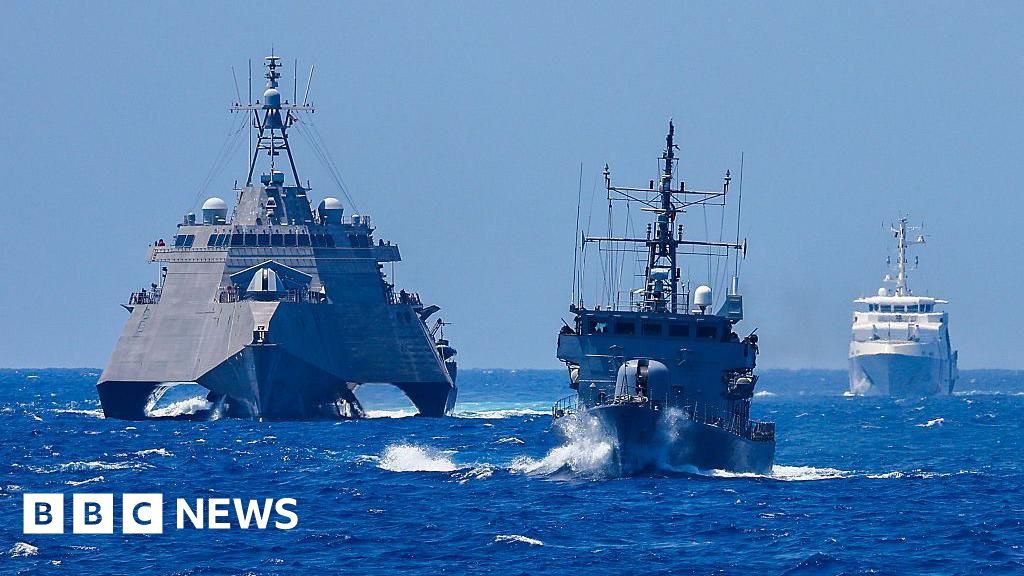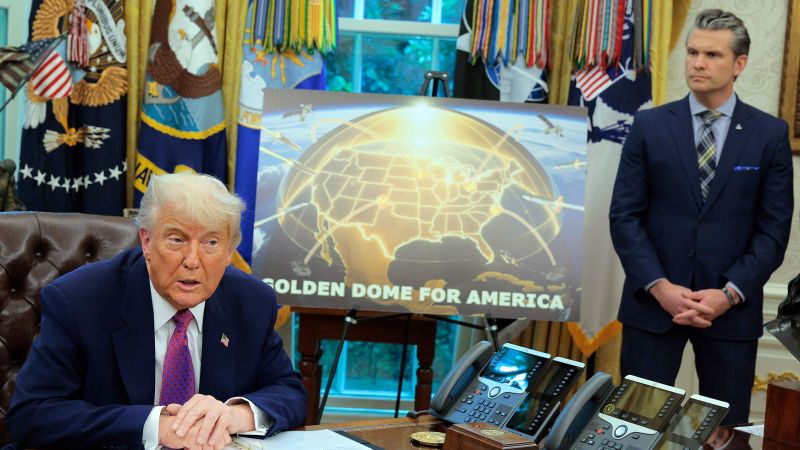Tensions Rise at Shangri-La Dialogue: US and China Clash Over Regional Influence

The Shangri-La Dialogue, Asia's premier defence summit, concluded with heightened tensions as US and Chinese officials engaged in pointed exchanges regarding regional security and influence. While Beijing maintains it doesn't seek conflict, particularly with the United States, its ambitions to become the world's leading economic power are driving a strategic shift in the Indo-Pacific.
A Power Struggle in the Indo-Pacific
The core of the disagreement lies in China's desire to reshape the security landscape of the East and South China Seas. For decades, the US military has maintained a significant presence in the region, acting as a guarantor of stability and freedom of navigation. China views this presence as an impediment to its growing influence and aims to gradually diminish it, asserting its own dominance in what it considers its rightful sphere of influence.
Economic Ambition Fuels Military Posturing
China's economic rise has been nothing short of remarkable. Its vast manufacturing capabilities, coupled with a rapidly growing consumer market, have propelled it to the forefront of the global economy. However, economic power without commensurate strategic influence is perceived as a vulnerability. Therefore, Beijing is increasingly willing to project its military strength to safeguard its economic interests and demonstrate its global leadership aspirations. This includes bolstering its naval capabilities, expanding its presence in the South China Sea, and forging closer ties with countries in the region.
The US Response: Maintaining Alliances and Deterrence
The United States, acutely aware of China's growing assertiveness, is actively working to counter Beijing's ambitions. This involves strengthening alliances with countries like Japan, South Korea, Australia, and the Philippines, all of whom share concerns about China's actions. Furthermore, the US maintains a robust military presence in the region, conducting regular exercises and patrols to demonstrate its commitment to freedom of navigation and deter any potential aggression.
Beyond Military Might: Diplomatic and Economic Competition
The competition between the US and China extends far beyond military posturing. It encompasses a fierce battle for technological supremacy, economic influence, and diplomatic sway. Both countries are vying for the support of developing nations, offering competing models of development and governance. The ongoing trade war, intellectual property disputes, and concerns over human rights further complicate the relationship.
The Shangri-La Dialogue: A Forum for Dialogue, But Tensions Remain
The Shangri-La Dialogue serves as a crucial platform for dialogue and engagement between defence officials from around the world. While it provides an opportunity to address misunderstandings and build trust, the recent meetings underscored the deep-seated tensions between the US and China. The path forward requires careful diplomacy, clear communication, and a commitment to upholding international law and norms. Failure to do so could lead to a dangerous escalation of tensions in the Indo-Pacific region and beyond.
Looking Ahead: A Complex and Uncertain Future
The rivalry between the US and China is likely to persist for the foreseeable future. The stakes are high, and the potential consequences are significant. Navigating this complex relationship will require a nuanced understanding of each country's interests and a willingness to find common ground where possible. The stability and prosperity of the Indo-Pacific region, and indeed the world, depend on it.






